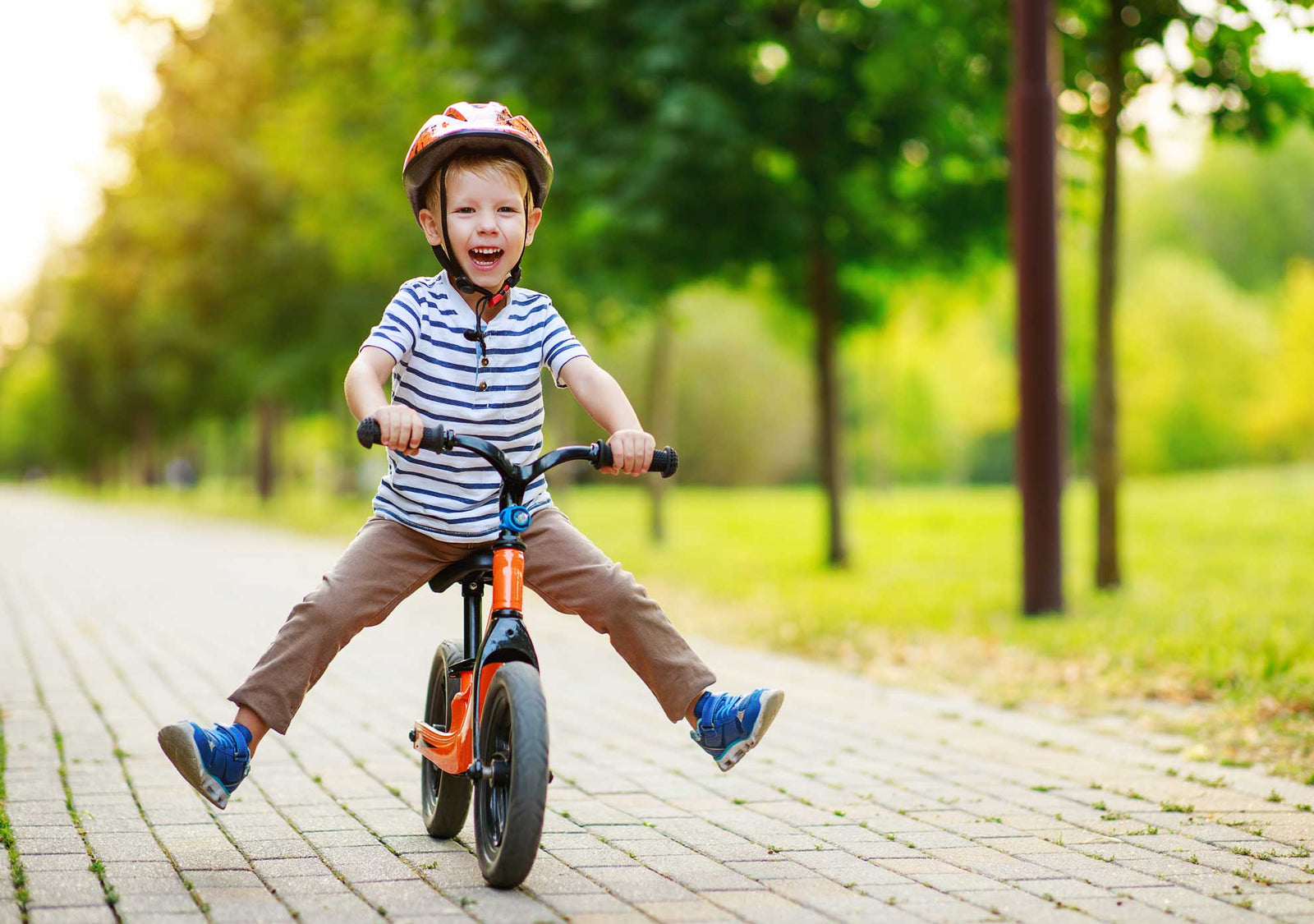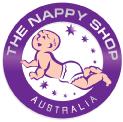Add description, images, menus and links to your mega menu
A column with no settings can be used as a spacer
Link to your collections, sales and even external links
Add up to five columns
Add description, images, menus and links to your mega menu
A column with no settings can be used as a spacer
Link to your collections, sales and even external links
Add up to five columns
Passing on the Gift of Bike Riding
July 10, 2023 3 min read

Passing on the Gift of Bike Riding
There comes a time in every child's life when they want to (literally) take the training wheels off and ride a bike like a big kid. This is one of those glorious and joyful experiences that will probably involve tears but teaches your child (and reminds you) the importance of resilience and perseverance when striving for a goal. When they finally get the hang of it, there is nothing more heartwarming than seeing your child genuinely proud of themselves, all of the grazed knees forgotten in an instant.
When?
The ideal time to start teaching a child to ride a bike is typically between the ages of 4 and 6, most kids will have been riding either three-wheelers or with training wheels around 3 or 4. Of course, this varies depending on your child's development, coordination skills and inclination. Some kids are not interested or a bit frightened, so no pressure, when they are ready they will let you know.
What size?
Choosing an appropriately sized bike is crucial as far as safety and comfort are concerned. See the height guide here, but as a general rule, your child should be able to touch their feet on the ground while sitting on the seat and be able to comfortably reach handlebars. They should be able to stand holding up the bike without assistance. Remember helmets are mandatory regardless of age.
Where?
Find an open space that has enough room for a good straight run (turning is the last thing they learn), somewhere with no cars and as few hazards (including people) as possible. If you can find a grassy area that is not too hard to ride on like a local footy field it helps with falls, but netball courts or walk paths are easier to pedal on for little legs
How?
Start with balance and coordination, ideally, younger children start with a Balance bike which is simply a bike without pedals, or you can remove the pedal from a pedal bike. This allows your little learner to practice gliding and steering with the security of having their feet to stop them from falling. Once they feel confident balancing short distances and understanding the steering system it is time for pedal power.
The take-off is the tricky part so as your child practices coordinating pedal pushing from a standing start you can help with a little push and a firm grip on the back of the seat to help with the first few (or many) wobbly attempts. Keep supporting them while running alongside them to make sure they feel safe, I do not recommend pretending you are holding when you are not. It usually ends in mistrust and constant head turning to check if you are still holding on, which in turn makes them lose their balance, it’s a vicious cycle (pun intended).
Make sure your mini cyclist is confident in using brakes and doing u-turns before you let them ride unsupported, but as with most things practise makes perfect and most kids pick it up and are confident remarkably quickly.
That is about it. Of course, it requires a lot of patience and constant encouragement from you but they will get there in the end and will be requesting new bikes for birthdays and Christmas’ for years to come.
Subscribe
Sign up to get the latest on sales, new releases and more …

Subscribe and Save!
Subscribe to our fortnightly newsletter to receive exclusive offers and discounts.
